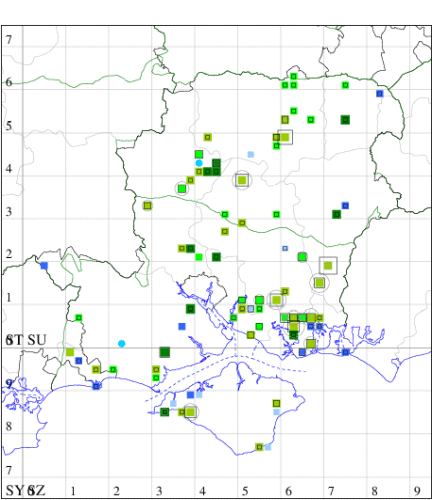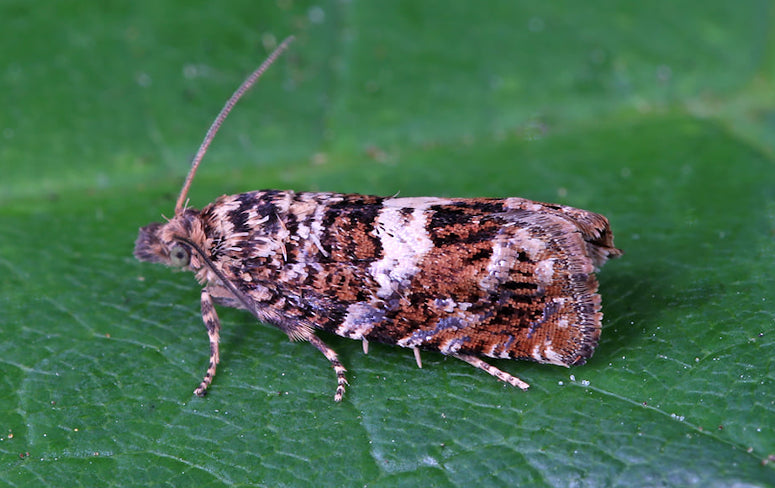Epiblema costipunctana
Checklist Number49.289 [B&F: 1187]
Verification
Record will normally be accepted but photo evidence may be required - check with CMR if not sure of identity
Classification
| Family: | Tortricidae |
| Subfamily: | Olethreutinae |
| Genus: | Epiblema |
| Species: | costipunctana |
| Authority: | (Haworth, 1811) |
Common in rough meadows and on waste ground throughout the British Isles. In Hampshire locally frequent, mainly on chalk downland and coastal sandhills; very rare on the Isle of Wight, where recorded at Cranmore in July 1997. Wingspan 13-18 mm. Similar in size and general appearance to E. cnicicolana but distinguished by the better-defined and ferruginous-brown fasciate markings of the forewing, the more sharply defined costal strigulae and the subquadrate medio-dorsal blotch which is weakly strigulate and sometimes connected to the costa by whitish striae [Bradley]. Larva feeds within lower stems and roots of Common Ragwort, over-wintering in a cocoon.


The abundance in each month is indicated as follows:
 No records
No records Very occasional
Very occasional Irregular
Irregular Uncommon
Uncommon Off-peak, but not unusual
Off-peak, but not unusual Off-peak, but not unusual
Off-peak, but not unusual Main flight time
Main flight time| J | F | M | A | M | J | J | A | S | O | N | D | |
|---|---|---|---|---|---|---|---|---|---|---|---|---|
| Adult |  |  |  |  |  |  |  |  |  |  |  |  |
| Larval |  |  |  |  |  |  |  |  |  |  |  |  |




